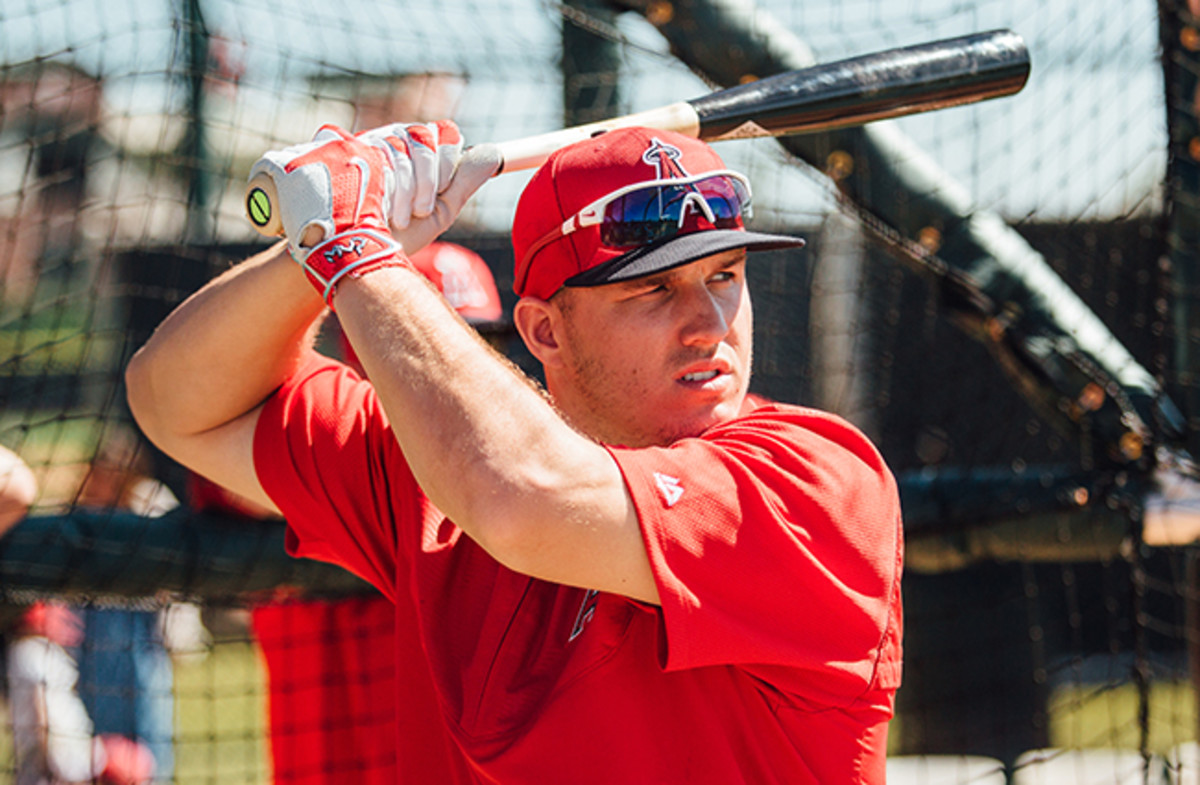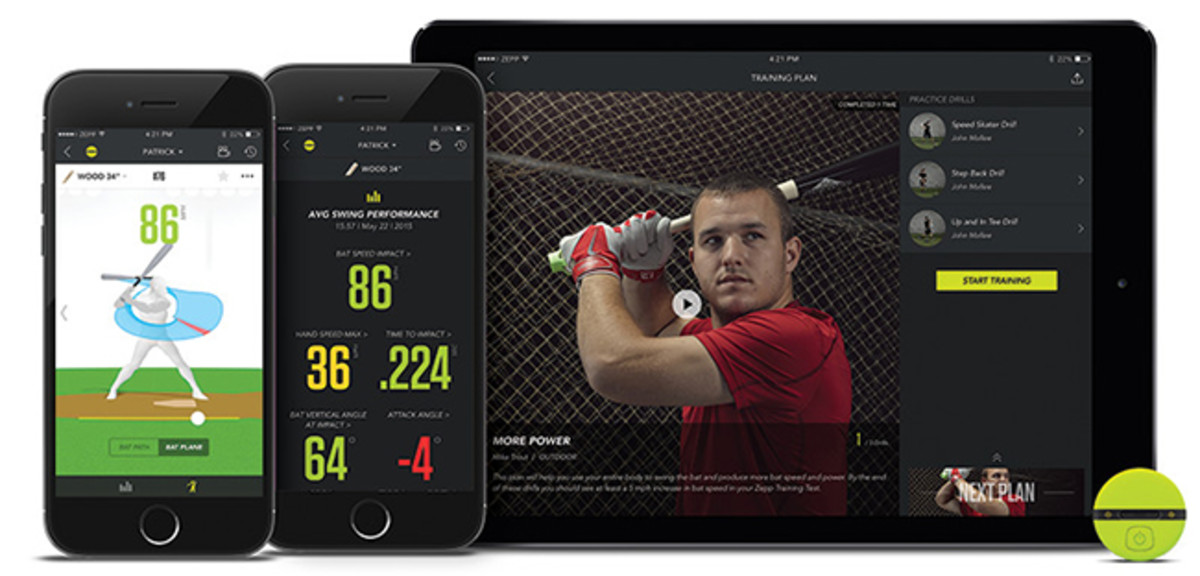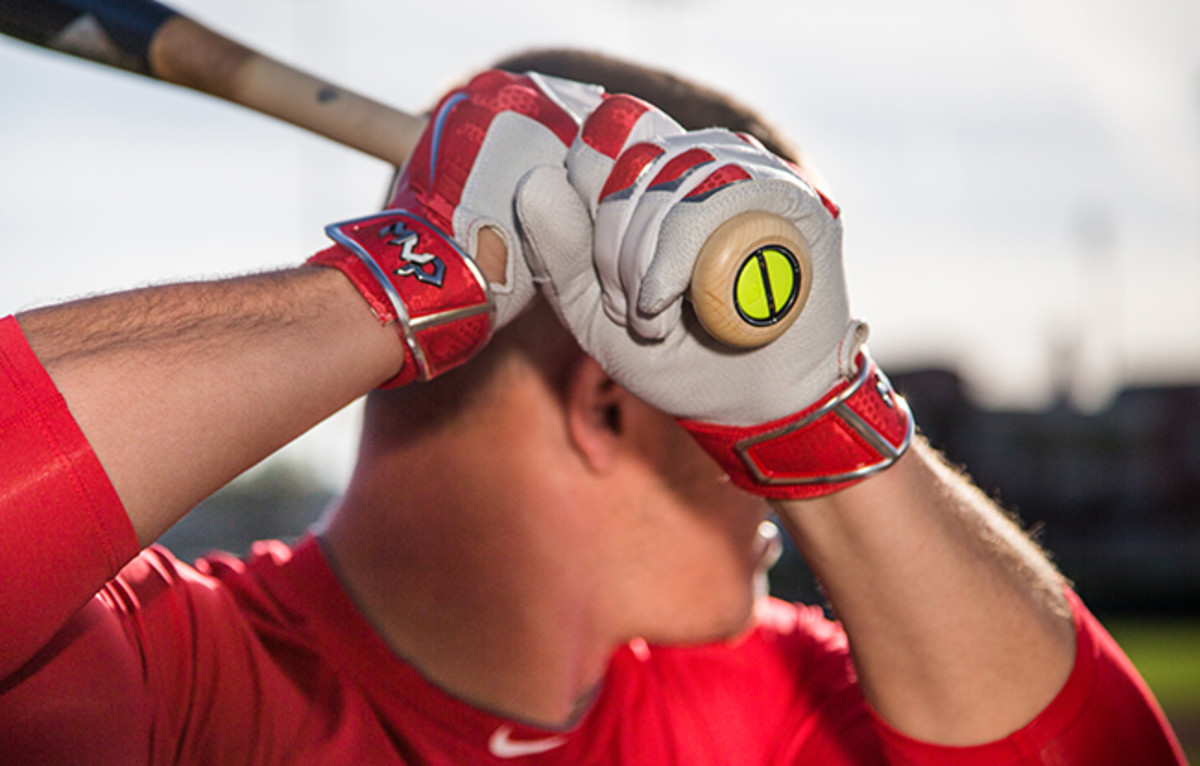Baseball of Tomorrow: Smarter Equipment


Of the four major American sports, baseball is by far the most traditional. With a few exceptions, the rules, uniforms, and equipment are basically the same as they were 100 years ago. But as technology becomes a bigger and more important of everyone’s life, baseball stands to change in some radical ways — radical for baseball, anyway.
In fact, it’s already happening. From what pros use on the field to the ballparks they play in to how everyone experiences the game, baseball is evolving before our eyes. This month, Sports Illustrated Kids is looking at some of the changes already impacting baseball. And as the 2016 MLB season rolls along, we’ll dive into more aspects of the game and how they might change in the years ahead.
We start with maybe the most traditional piece of baseball gear on the field: the bat.
The basic shape and function of a baseball bat hasn't changed since, well, ever. A rounded piece of weighted wood, which tapers to a knob at the handle, is used to hit a baseball as hard and as far as possible. It's a triumph of design.
But what if you can improve the bat without really changing it? And what if the bat not only hit the ball but told you how you hit it and how you can hit it better?

That's the goal of a new smart bat introduced by Zepp Labs in February. Zepp partnered with Old Hickory Bat Company and superstar Mike Trout to create a regulation wood bat with a second-generation sensor embedded in the knob that captures data on bat speed, swing power, and attack angle. The sensor works with Zepp’s Smart Coach system, which was released this week. The app guides you through the collected data, provides feedback on where you can improve, and serves up coaching videos to help you work on specific areas of your bat game.
To get the sensor into the bat, the bottom of the knob is hollowed out and filled with a cup that holds the tech. The result is a super low-profile marriage of technology and equipment. Even better: It's about a net-zero change in terms of how the added sensor affects the bat's weight and balance, says Trevor Stocking, Zepp's Baseball Product Manager. It’s a fact confirmed by Trout. "I don't feel any difference from my normal bat, and that's the way it should be. This is my game bat, and it feels like my game bat," he says. "When it's inside the bat, you don't even think about it."

Right now, Trout can only use the smart bat in batting practice. But it has been approved for in-game use by Perfect Game USA and Ripken Baseball, which leads to an interesting question: What happens when kids who are used to real-time, on-the-field data grow up to be pro players? In the not-too-distant future, MLB will have to find a way to balance its love of traditional gear with demands for more and more live data.
The safe bet is on MLB both adopting and innovating smart equipment for games. We might be a few years away from a sensor embedded into a baseball — the technology's not quite good enough — but the smart bat is an early look at where the game is headed.
Photos: Zepp Labs
